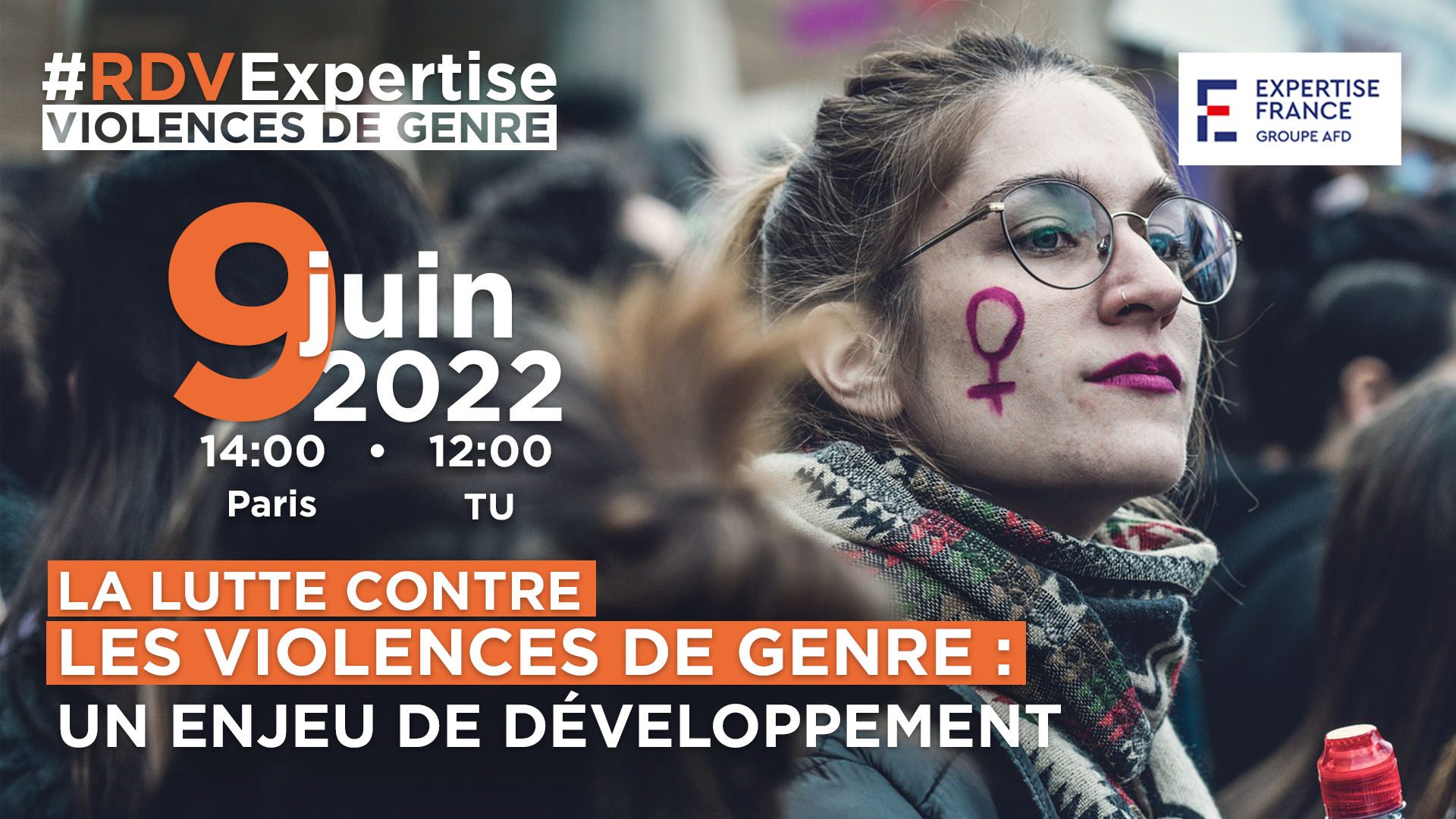“Gender-based violence is caused by multiple factors.”
 An economist specialised in gender issues, Maïté Albagly has been mobilised as an expert by the EuroSociAL+ programme. She has also been Secretary General of the French Family Planning Movement.
An economist specialised in gender issues, Maïté Albagly has been mobilised as an expert by the EuroSociAL+ programme. She has also been Secretary General of the French Family Planning Movement.
In your opinion, what are the causes of gender-based violence?
Gender-based violence is caused by multiple factors which can be cultural, political, social and economic.
To understand these causes and how and it what way they add up, it is necessary to start from the premise that gender inequalities are to be found in them. It’s what we call the patriarchal system. Men as a whole have more power than women.
Several elements can be added to this factual reason. The fact of being poor is the first of these elements. Women earn less than men for the same work. They are predominantly in the least recognised jobs and are also at the head of single-parent families more often than men.
There are also the male/female stereotypes whereby men must provide for their family and women must stay at home. Work outside the home is better paid than work inside, which is looked down on and poorly paid. Even if women have extensively entered the labour market, this work inside takes up more time than it does for men. Men take part in household chores but to a lesser extent, which is a source of domination.
These stereotypes also convey the fact that men are strong and women are weak. I like the story I was told at the maternity hospital in Les Lilas (Seine-St-Denis): When a newborn child cries, we say he’s annoyed, when it’s a girl we say she’s sad. This shows that right from birth we are assigned stereotypes which will last for the rest of our lives.
The last cause I can put forward is religious tradition. Even in countries where religion is less important, it continues to carry some weight and often gives a predominant weight to men.
What is the impact, in particular economic, of gender-based violence?
In 2006, I took part in the DAPHNE project on the estimated cost of domestic violence in Europe, as well as a 2014 study for France with the Women’s Rights and Gender Equality Service. I was told that by talking about cost, I accepted the violence. With my team, we stood firm and established an estimate of the economic cost of this violence.
If we calculate and highlight all the stages experienced by a female victim of domestic violence and the way in which society responds, we obtain an economic cost for this violence which can be divided into two parts: the direct cost and the indirect cost.
The direct cost includes the care, the assistance for the victims and the abusers, the legal costs, the costs of imprisonment, the shelters, etc. The indirect costs comprise a loss of revenue: the costs related to incapacity for work, sickness, the loss of earnings for the victims and perpetrators of violence, imprisonment, and ultimately the loss of human capital or premature death.
The team that coordinated the DAPHNE project searched for all this through various data which are updated little, or are very focused depending on the administration which develops them. It was necessary to make a harmonious blend between the administrations which keep accounts for themselves and the population surveys. A population survey on gender-based violence is very costly and with a 15-year gap between them and the data of the administrations, there are huge losses.
Based on these elements, it’s possible to develop specific studies. For example, a study on abortion was conducted at Nantes Hospital. The women didn’t have to say why they were having an abortion, but this empirical study did show that over 23% of the women said that they were doing it following domestic violence. We weren’t aware of how strong the link was between domestic violence and abortion.
This study made it possible to discover that in 2012, the cost of gender-based violence stood at €3.6 billion, including 75% of indirect costs (vs €300 billion in Europe).
Finally, another fact wasn’t taken into account until now. Indeed, the abusers of victims who committed suicide need to be added to these women victims. In some cases of feminicide, the abuser kills the woman and her children before killing himself. This number of victims can be estimated at 500 a year in France in the case of domestic violence (in-laws, spouses, ex-spouses, etc.).
How can this violence be prevented?
There is no magic solution to combat this violence. The complicated part is to stay the course on all fronts. Once we’ve changed the model, we’ll be able to change these stereotypes and therefore make a cultural change.
One of the main ways of combating this gender-based violence is, of course, firstly education and training, but for this to happen, financial resources and political will are needed.
No one in the international cooperation sector should go out to the field without receiving training in gender issues. To understand a project, this reality needs to be understood.
Another important thing is that the home, the family, the “four walls”, it’s a closed place. For women, work is a breath of fresh air. It’s more than just a salary, for a woman victim of violence it’s a way of getting away from what they are going through at home. A woman who has been beaten the night before won’t be as efficient in her work. It surely shows, so there’s a need to train HR professionals to detect these situations and alert.
A simple example for companies is to put a sticker in the toilets urging women to call 3919 in the event of domestic violence. This may seem little, but it shows that the company recognises the problem and is sensitive to it. It isn’t much, but in the handful of companies we’ve tested it in, it has helped and has broken a dynamic.
Another concrete example concerns the training of French diplomats. In the logic of French diplomacy, the Ministry for Europe and Foreign Affairs has organised training for diplomats leaving for Latin America, which I was asked to give. For example, I met people who had been trained in this issue in Peru, who told me that it had been an eye-opener for them on the issue of gender-based violence. It’s something you don’t learn at either Sciences Po or the ENA. Yet it’s essential for diplomats to be trained, as they decide on the financing that will be paid to a particular NGO abroad. Each project must be seen from a feminist perspective.
#RDVExpertise: Fight against gender-based violence
💡#RDVExpertise - Fight against gender-based violence 📆 9 June ⏱ 14:00 Paris - 12:00 UTC --- The fight against sexual and gender-based violence, “the other pandemic”, consistently condemned every 25 November around the world since the institutionalisation of a dedicated World Day by the United Nations, is becoming increasingly important in the institutional and feminist agenda both in Europe and in countries of the Global South. What do we know about the figures which measure the seriousness of the situation and the responses from justice and institutions? What is the link between gender-based violence and the achievement of the Sustainable Development Goals? How can exchanges and international cooperation support and stimulate further progress? These are the questions we will ask during this event organised by Expertise France. |


